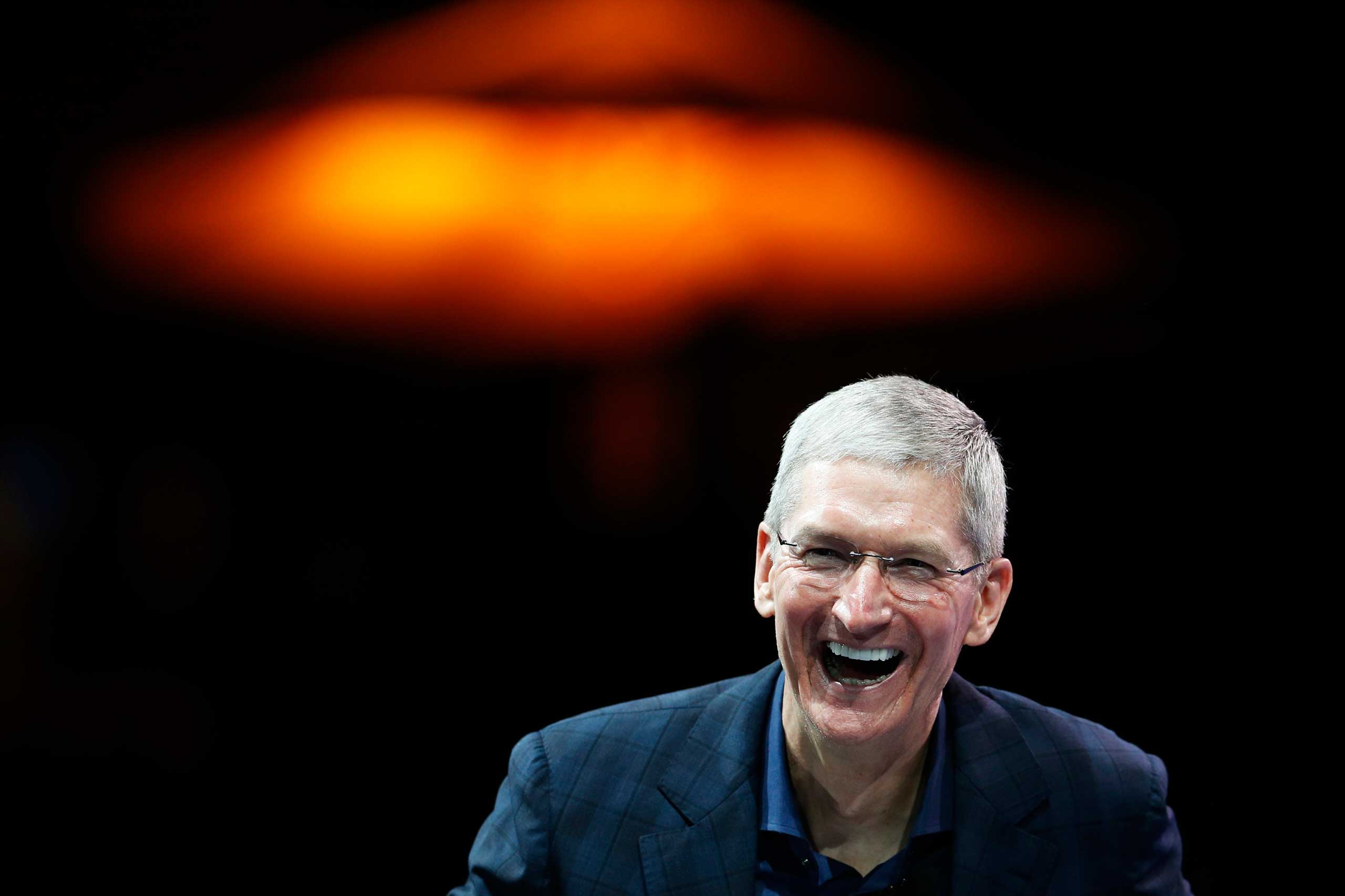Apple has acquired another AI pioneer from Google. Ian Goodfellow is widely known in the AI space for his prominent work on Generative Adversarial Networks or GANs. GANs have recently gained popularity because of their ability to generate convincing fake images of the real world objects, and an integral part of “deepfake” software.
Ian Goodfellow has worked with Google and Elon Musk-founded lab OpenAI. First Spotted by CNBC, Goodfellow recently updated his LinkedIn profile to state that he is now working with Apple as a director for machine learning at the company’s Special Projects group.
This does not mark the first time that Apple has poached Google’s AI talent as the iPhone maker has acquired Goodfellow’s former boss, Google’s head of AI, John Giannandrea, last April.
It is unclear as of now what part of Apple’s business Goodfellow will be bringing in his skills to. Since a number of Apple features and projects rely on AI, including its smart assistant Siri, its FaceID unlocking feature, and its secretive autonomous driving project.
AI is a key technology that various companies are focusing on recently. Currently, Google is generally seen as the top AI company in the world, but Apple also uses this technology in various of its products and services from facial recognition to photography.
Goodfellow has left behind a senior research scientist job at Google. Apple does not seem to be particularly interested in generating fake portraits or landscapes, nevertheless, having a mind like Goodfellow’s in the team would serve Apple better in the future.
Microsoft, too, has been showing interest in AI space lately. The company was recently reported to be planning to combine Mixed Reality with smartphones, according to a new patent filing.
In the patent, Microsoft is suggesting different implementations of Mixed reality into smartphones to allow users to interact better with the virtual environment, web portal MSPoweruser said in the report on Thursday.
“The Virtual Reality (VR) experience may allow a user to interact with virtual objects in the experience. Various input devices for facilitating such interaction exist, such as hand-held controllers that provide translational and rotational input,” the report quoted Microsoft as noting in the patent.
ALSO READ:
- Alleged Snapdragon 855-powered Redmi device spotted in a hands-on photo
- Indian smartphone makers lag behind as Chinese brands lead the market
- FaceNotify by XDADevelopers shows notifications on OnePlus 5t/6/6T only when the owner looks

